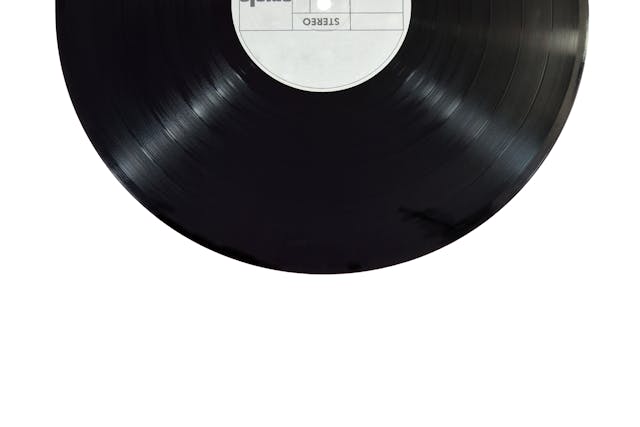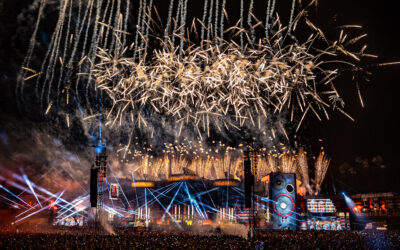Music Production 101: Creating Your Own EDM Tracks
In recent years, Electronic Dance Music (EDM) has taken the world by storm, dominating airwaves, festivals, and clubs globally. With its infectious beats, pulsating rhythms, and limitless creativity, EDM has become more than just a genre; it’s a culture unto itself. If you’ve ever found yourself lost in the electrifying energy of an EDM track and wondered how to create your own, you’re in the right place. Welcome to Music Production 101: Creating Your Own EDM Tracks.

Understanding the Genre
Choosing Your Digital Audio Workstation (DAW)
Building Your Sound Library
Understanding MIDI and Synthesis
Constructing Your Arrangement
Mastering the Mix
Finalizing Your Master
Sharing Your Music
Once you’ve completed your EDM track, it’s time to share your music with the world. Upload your tracks to online platforms such as SoundCloud, Spotify, and Bandcamp to reach a global audience of listeners. Additionally, engage with your fans on social media platforms such as Instagram, Facebook, and Twitter to build a community around your music. Collaborate with other producers, DJs, and artists to expand your network and gain exposure within the EDM community.



